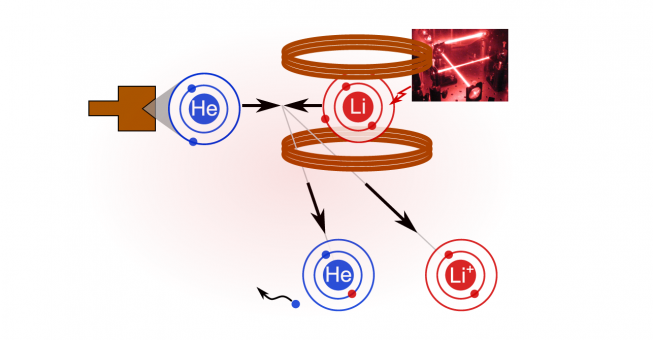Zoom link sent out to the department mailing list. For access to the link, please contact .
Abstract:
In the area of cold and controlled chemistry, we try to unravel the fundamental nature of chemical reactions at temperatures near absolute zero, e.g., in order to find out about the properties of short-lived reaction intermediates. In this temperature regime, the wave properties of matter dominate chemical reactivity. For instance, reaction products can be formed via quantum tunneling, even though the energy of the reaction partners is classically not sucient to overcome the potential barrier. Besides a fundamental understanding of chemical reactivity, this research also allows for a better knowledge of chemical reactions in the interstellar medium, where low-temperature and low-pressure molecular clouds are exposed to high-energy cosmic radiation. In addition to that, we develop laser- and magnetic-field-based techniques to precisely control the reaction partners, and thus, the reaction process itself.
My group is specialized in so-called chemiionization processes in the gas phase, in which an atom or molecule is ionized by another species in a long-lived, electronically excited (metastable) state. In order to control such processes, we prepare the atoms and molecules in well-defined quantum states prior to the reaction. Our experimental results for He-Li collisions show that chemiionization is eciently suppressed owing to the conservation of both the total electron spin and Λ, i.e., the projection of the total molecular orbital angular momentum along the internuclear axis, even at room temperature.

Figure 1: Graphical illustration of the experimental setup used for the study of chemiionizing collisions between metastable helium atoms and lithium atoms.
